How to fish without fishing equipment
Finding food has to be a top priority in any survival situation. Even though you can live for three weeks without it, your body will become physically drained in only a couple of days, and this will greatly impede your ability to survive.
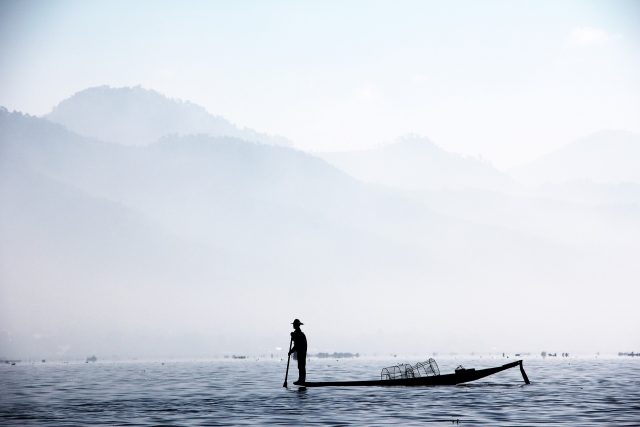
Fortunately, there are a multitude of different ways to find food in the wilderness, and one of the best ways will be through fishing. So, as long as you can find a river, lake, or stream, the chances are good that you can find fish.
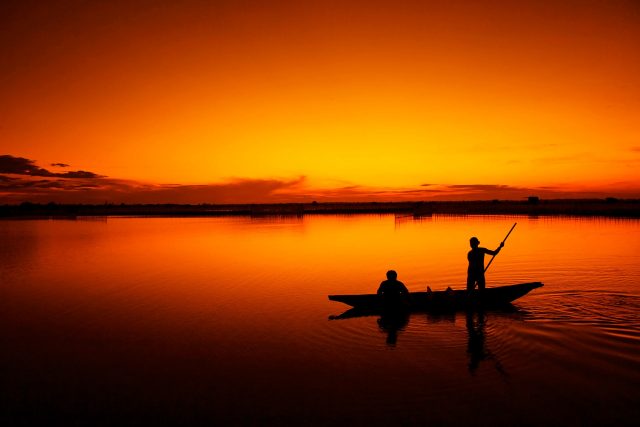
But what if you don’t have any traditional fishing equipment with you? What are you supposed to do then? The answer is to improvise, and there are a variety of ways you can do this. We’ll go over four of them here:
Make your own equipment
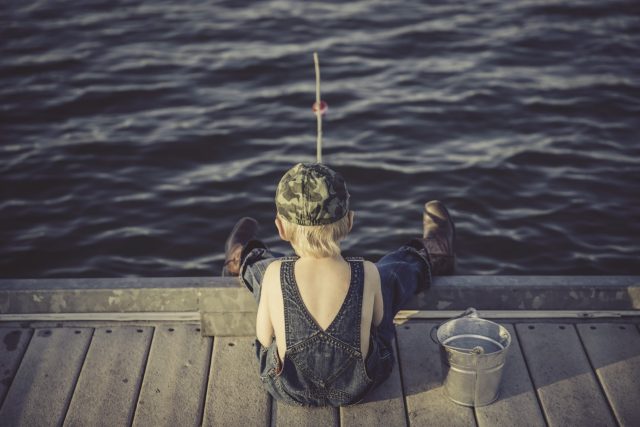
The first option is to simply improvise your fishing equipment out of the resources you already have, or nature has provided to you. You should easily be able to construct a fishing pole out of an actual pole or branch that has been removed of any smaller branches.
You can then use anything from dental floss to your shoelaces to natural vine to string to a thin strand of rope to serve as your fishing line. Fashion a fishing hook out of the tab to a soda or beer can, and then pick your bait out of whatever worms or other grubs you can find.
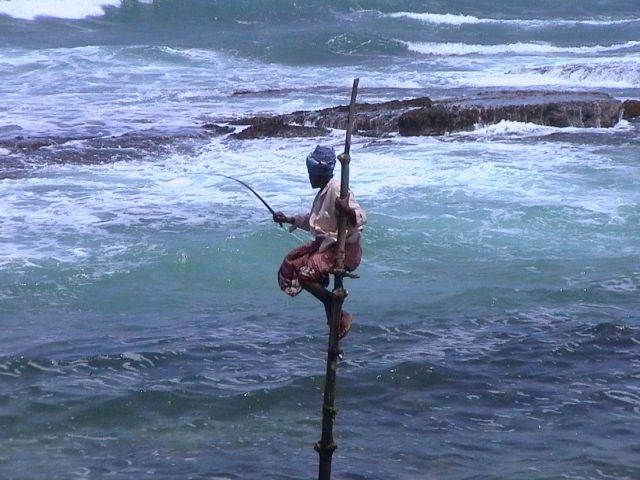
Another trick you can do here is to bury part of your pole into the ground along the bank and then have the rest of the pole and your fishing line hang over the body of water. This allows you to complete other tasks related to your survival while your fishing pole essentially catches fish for you. The more poles you manage to set up over the water, the greater your odds of making a catch are.
Make a fish trap
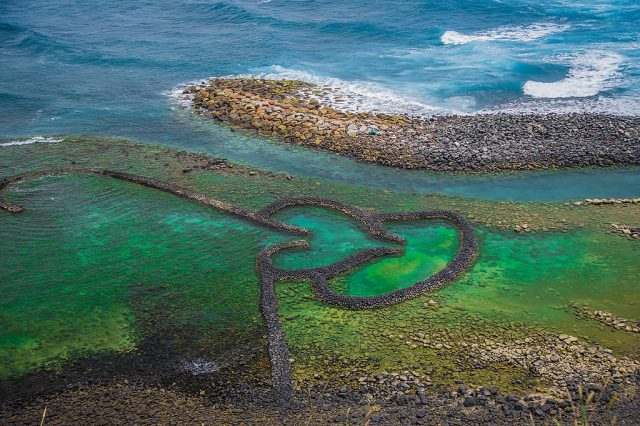
Another good option is to make a fishing trap. Constructing a fishing trap enables you to catch fish passively because it will work for you even while you’re away and doing other things.
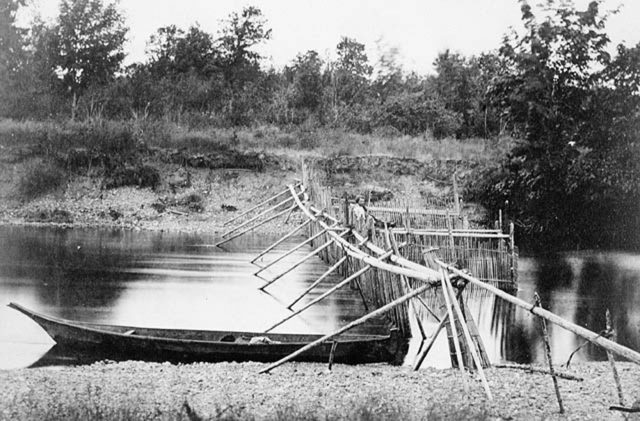
Also known as the fishing weir, this method was perfected by the Native Americans who used it to catch bountiful amounts of fish each day, and we can use the same principles that they used in a survival situation today.
To set up a fishing weir trap, you’re going to need to gather some stakes that are higher than the water.
Using these stakes, build a U-shaped fence in the water. The open end of the U needs to face upstream, and the stakes need to be firmly implanted in the ground so that they won’t be carried away in the tide of the water.
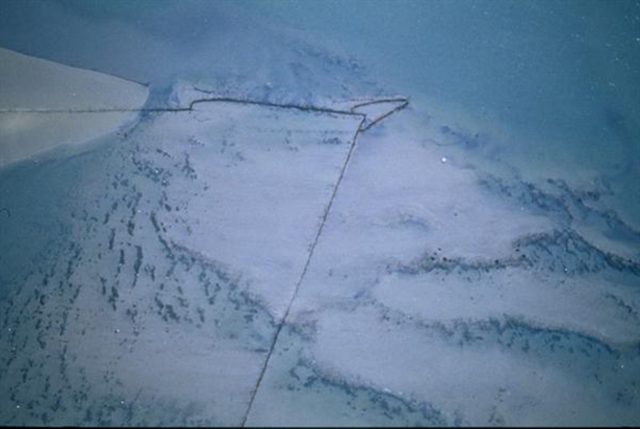
Next, build a V into the U. The tip of the V needs to face inside into the U. This way, when fish swim downstream, and into your trap, they’ll swim through the narrow part of the V and then become stuck in the U.
Once you’ve caught your fish, all you need to do then is grab the fish or spear them.
Spearfishing

The next option you have before you is spearfishing, and this method is a lot harder than it sounds. Nonetheless, it is a feasible way of catching fish as long as you get enough practice in.
While there are several different kinds of spears you can use to spear fish with, the best choice by far is a pronged spear. A pronged spear is, in its most basic form, a pole that has been split into three or four separate prongs. Each of those individual prongs will need to be sharp, and vine or paracord will need to be tied around the base of the prongs so the split will not travel any further and the spear will be more durable.
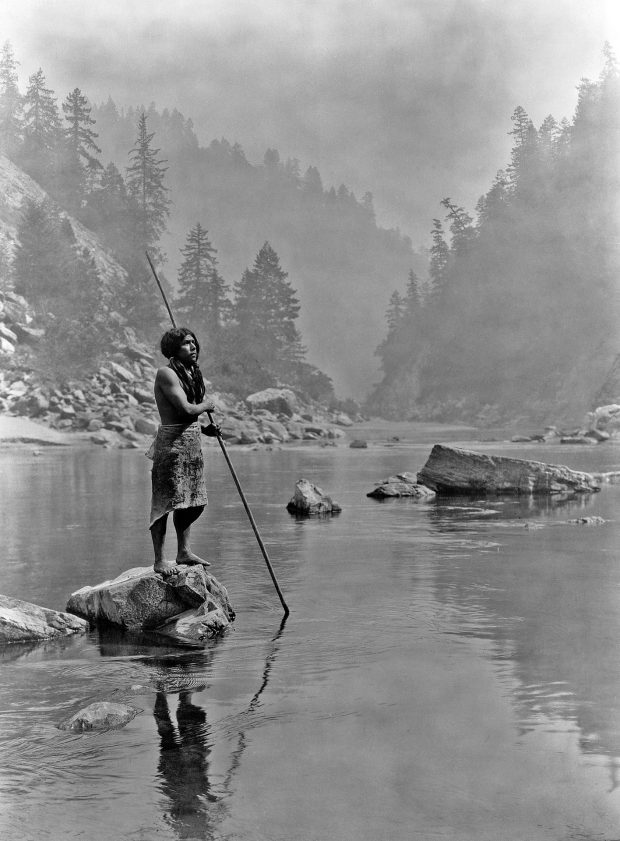
At night, wade out into a relatively shallow area of a body of water. Hold your pronged spear in one hand a torch or flashlight in the other. The fact that you’re doing this at night is critical so that fish will become attracted to the light and swim to you.
Move very slowly, so the ripples you create don’t startle the fish. Once you see one under your light, slowly move your spear forward until it’s nearly touching the top of the water, and then strike fast in an attempt to kill it.
Hand Fishing
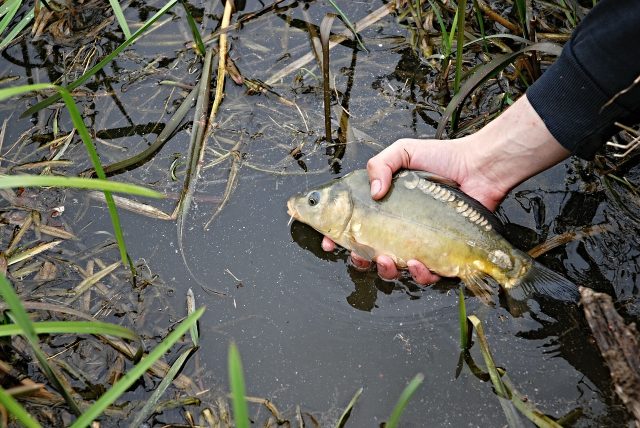
Last but not least, you could always try out hand fishing, but you should be warned that this is the most difficult method at all. The best places to go hand fishing will be in undercut banks, or beneath rocks and logs.
You must be very slow and quiet for your efforts to be successful, and you also need to keep your hands underwater at all time so they will become the same or roughly the same temperature as the water and thus less likely to startle a fish.
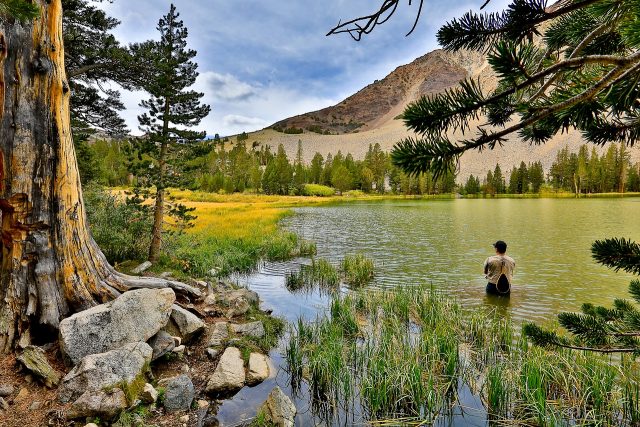
Try and wait for the fish to naturally swim by the palm of your hands or under your fingers, and then move fast in an attempt to catch it.
If you have any comments then please drop us a message on our Outdoor Revival Facebook page
If you have a good story to tell or blog let us know about it on our FB page, we’re also happy for article or review submissions, we’d love to hear from you.
We live in a beautiful world, get out there and enjoy it.
Outdoor Revival – Reconnecting us all with the Outdoors





